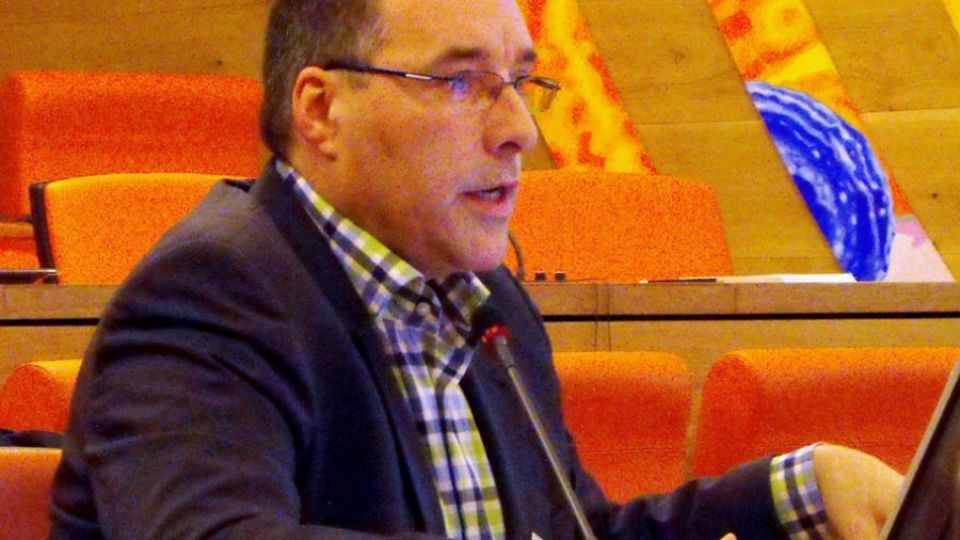Roland Weber (POPs Environmental Consulting, Germany) warns against using the ash from biomass combustion as a fertilizer for agricultural and forest lands. It is, of course, the ash from the combustion of treated (waste) wood. In particular, he points out the dangerous "catalyst" preventing from soot formation that has appeared on the European market.
"There is a risk of soil contamination by dioxins (PCDD/ Fs) that we currently underestimate," claimed Weber at the recent Stockholm Convention think tank meeting in Vienna. Already at the conference at the University of Umeå in Sweden in 2016, he presented the results of a study focused on monitoring dioxins in the ash from wood and biomass combustion. Non-wood fuels increase dioxin concentrations in the ash because some biofuels have a higher chlorine content than wood.
"Furthermore, the combustion of chemically treated waste wood can cause tenfold increase of dioxin production and dioxin emissions due to the high chlorine or metal content that can act as a catalyst for dioxin formation during the combustion," says Weber.
For example, we can see the commercial use of a "catalyst" — usually a copper salt — more and more often in the European countries in recent years, which should reduce the soot formation in boilers burning coal and wood, and is even used in coal-fired power stations.
According to the study published by Weber in 2016, using this catalyst significantly increased dioxin levels in flue gas and ash about a factor of 1,000 to 10,000, compared with the combustion of untreated wood. The content of the dioxins in fly ash was higher than 15,000 ng TEQ/g of the fly ash. It thus exceeded the content limit of persistent organic pollutants (POPs) set by the Basel Convention. Therefore, the fly ash should be considered as toxic (hazardous) waste due to the POPs content. Weber concluded that due to the extremely high PCDD/Fs emissions associated with the catalyst utilization, it is necessary to immediately remove this product from the market.
Translation: Markéta Fišerová. Resource: Weidemann, E. et al. (2016). 14th congress of combustion by-products and their health effects—origin, fate, and health effects of combustion-related air pollutants in the coming era of bio-based energy sources. Environmental Science And Pollution Research, 23(8), 8141-8159.







